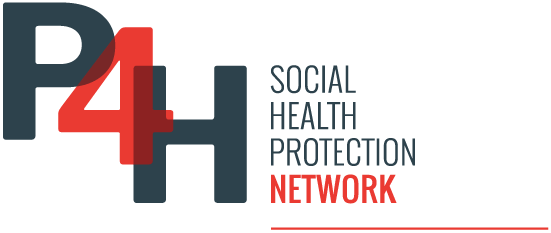This post was first published by the Center for Global Development on 19 November, 2024.
Despite decades of global efforts, nutrition remains underprioritized, siloed, and poorly integrated within health systems and universal health coverage (UHC) efforts. This persistent challenge occurs against a backdrop of health and development financing at an inflection, where there is growing recognition to rethink how nutrition-specific interventions are delivered and financed. The Global Compact for Nutrition Integration launched at the 2025 Nutrition for Growth Summit signaled strong political commitment to addressing these systemic disparities, while the operationalization requires concrete delivery pathways with greater attention to evidence-based implementation strategies.
This paper explores delivery approaches for nutrition-specific interventions, drawing from country and donor experiences across the health sector. Vertical approaches, while more direct in achieving specific outcomes, are often supported by off-budget funding and frequently result in fragmented delivery through parallel systems. Conversely, horizontal approaches are typically on-budget and systems-oriented but may lack specificity and accountability for nutrition outcomes. “Diagonal” approaches—as one strategy to achieve integration—offer a potential bridge by embedding high-impact nutrition interventions into health system strengthening efforts with clear outcome measures and accountability mechanisms.
Diagonal approaches leverage strategic overlaps across four key pathways: population targets, health system resources, service delivery platforms, and financing vehicles to maximize synergies between nutrition and broader health system goals.
While it offers conceptual strength and demonstrated applications across sectors, evidence in nutrition remains relatively underexplored. Realizing the opportunities to improve resource efficiency and enhance sustainable impact through government ownership will require strong governance, aligned policy, robust financing arrangements, context-specific adaptation, and appropriate accountability systems.
DISCLAIMER
CGD blog posts reflect the views of the authors, drawing on prior research and experience in their areas of expertise. CGD is a nonpartisan, independent organization and does not take institutional positions.
